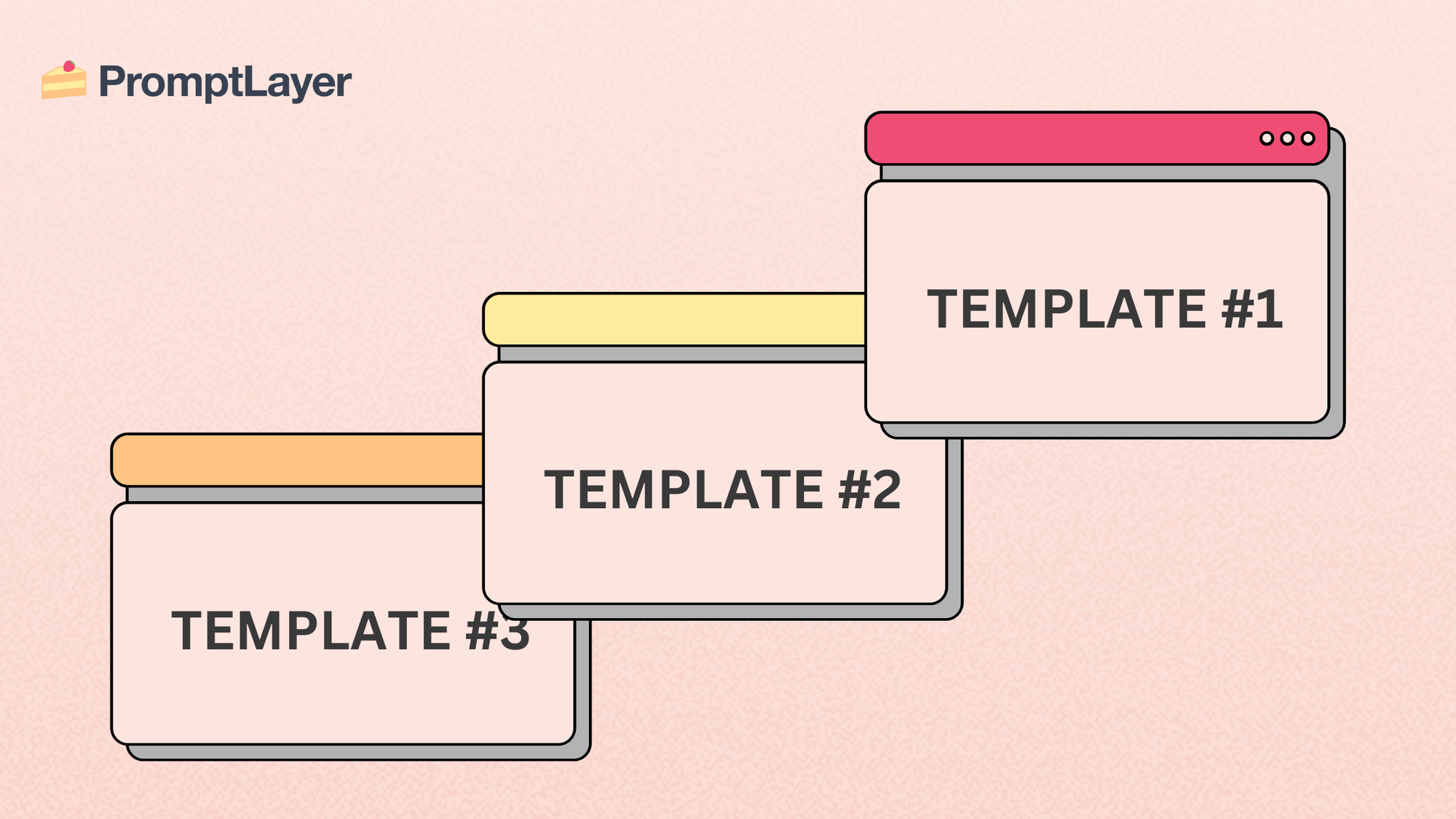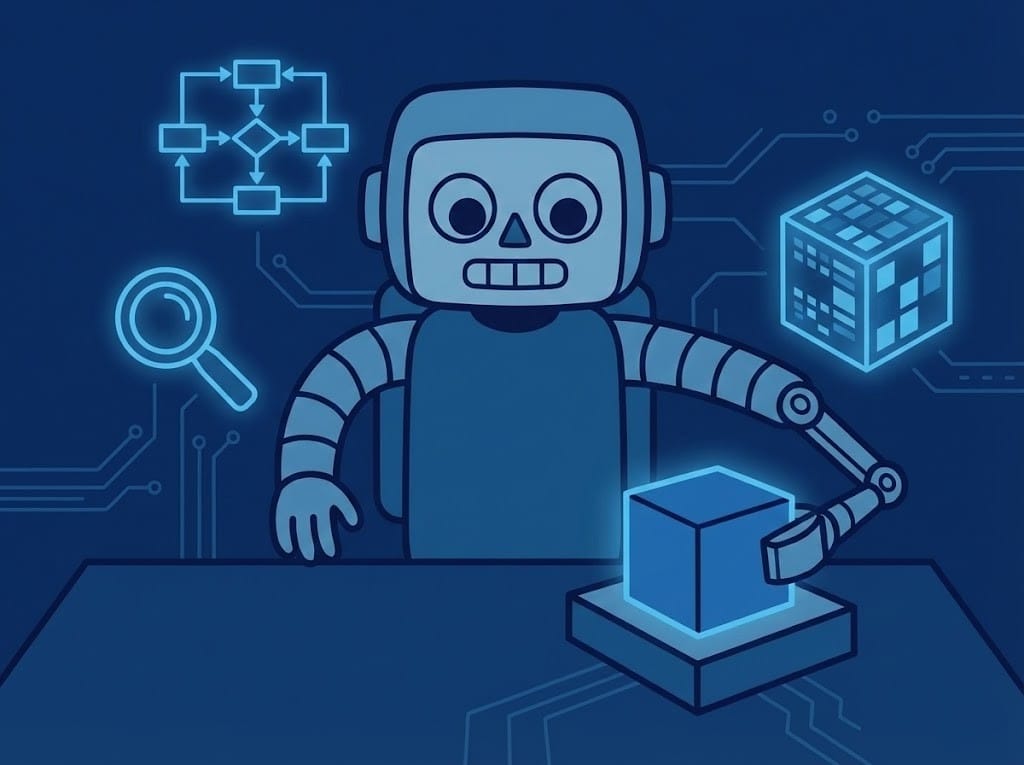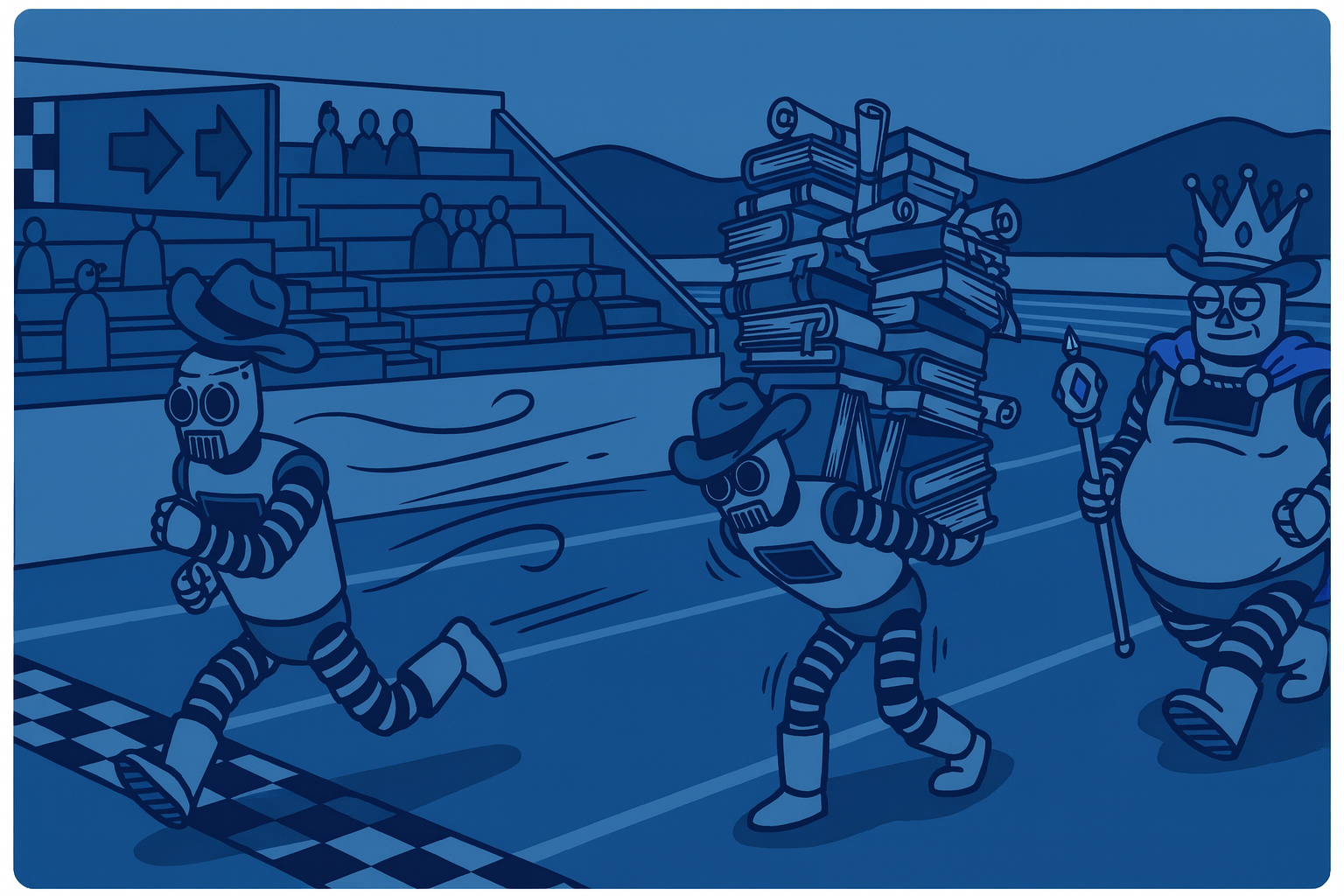Can prompt templates reduce hallucinations? Yes, they can.

AI can generate plausible but incorrect or fabricated information, known as 'hallucinations.' The good news? A good prompt template can help lower the chance of these errors by providing structure, reducing ambiguity, and offering a consistent structure.
What is a Prompt Template?
A prompt template is a pre-structured prompt with placeholder variables that you can customize with information each time you use it.
Can prompt templates reduce hallucinations? They can, but that depends on how well you write your prompt template. Your goal is to reduce ambiguity so the model clearly understands your desired outcome and how to generate it.
Typically, your prompt should consist of several elements, including a clear task description, expected output format, reference to sources, and sometimes examples, also known as "shots" to guide the model.
How Prompt Templates Minimize Hallucinations
Hallucinations happen when a model is unsure of how to handle a prompt and fills in gaps with information that may sound plausible but is inaccurate.
Prompt templates give clarity, guidance, and context to the AI model explicitly telling it what it should do. By providing detailed instructions within the prompt template, these gaps can be narrowed or eliminated altogether.
Ways prompt templates help reduce hallucinations:
1. Clear Task Definition:
A well-defined task will focus on the specific information the model needs to process. Vague tasks can lead to hallucinations based on incomplete understanding. Defining your task clearly in a prompt template removes ambiguity by explicitly stating what the model should focus do.
2. Reference to Verified Sources:
Templates can direct the model to use reliable and external sources in the response. By using phrases like "Based on information from [source]" encourages the model to base its output on verified information, reducing the chance of introducing fabricated details.
3. Step-by-Step Reasoning:
Prompt templates that use step-by-step reasoning, like Chain-of-Thought (CoT) prompts, make the AI explain its process logically. This helps catch mistakes because the AI has to show its reasoning before giving an answer.
4. Task Decomposition:
Breaking down complex tasks into smaller steps helps the model avoid missing important details. This makes it easier to stay logical and reduces mistakes by focusing on smaller, manageable parts
5. Contextual Instructions and Examples:
Many hallucinations occur when a model doesn't have sufficient context for a factually accurate response. Providing background information or examples in your template can help the model stay within relevant boundaries.
Prompt Template Examples to reduce hallucinations
Clear Task Definition
"Generate a {type of document} that explains {specific topic} in detail, focusing on {key aspects}. Ensure that your explanation includes {specific sections}, and cite any relevant sources from {trusted source or field}. Avoid including any speculative information or unrelated content."
Example Variables:
- {type of document}: article, report, or summary
- {specific topic}: renewable energy technologies, financial forecasting, etc.
- {key aspects}: technical benefits, market trends, environmental impact
- {specific sections}: introduction, background, analysis, conclusion
- {trusted source or field}: academic journals, industry reports, government publications
Explanation:
This prompt clearly defines the task and the specific areas the model should focus on, limiting the scope for irrelevant or inaccurate information.
Reference to verified sources
"Based on the information from {trusted source}, provide a detailed explanation of {specific topic}. Ensure that your response includes key points mentioned by {trusted source}, and avoid introducing any data or claims that are not supported by {trusted source}. Where applicable, cite specific sections from the source to support your answer."
Example Variables:
- {trusted source}: World Health Organization, IEEE, National Geographic, etc
- {specific topic}: the health impacts of air pollution, advancements in AI technologies, etc.
Explanation:
By explicitly instructing the model to base its response on a reliable, external source we ensure the generated content uses verified information rather than fabricated details.
Step-by-Step Reasoning:
"Please solve the problem of {specific problem} by breaking it down into logical steps. Start with defining the problem, then walk through the reasoning for each step, explaining why you made each choice. Conclude by providing a final solution, ensuring that your reasoning follows clearly from one step to the next."
Example Variables:
- {specific problem}: optimizing a website's SEO, calculating the carbon footprint of a product, etc.
Explanation:
This template reduces hallucinations by forcing the AI to present its reasoning in a clear sequence, allowing users to trace any errors in the logic before accepting the final output.
Task Decomposition:
"To address {complex problem}, break the task into smaller components. First, analyze {aspect 1} by describing its key factors. Then proceed to {aspect 2} and explain how it relates to {aspect 1}. Finally, synthesize these insights to provide a comprehensive solution to the overall problem."
Example Variables:
- {complex problem}: developing a marketing strategy, conducting a risk analysis, designing a software system
- {aspect 1}: target audience, financial risk, system architecture
- {aspect 2}: marketing channels, risk mitigation, software scalability
Explanation:
By breaking the task into smaller, manageable steps, we ensure the model addresses each part systematically, reducing the chance of hallucination.
Contextual Instructions and Examples:
"Write an analysis of {specific topic}, using the following context: {contextual information}. Use this background to ensure your explanation remains within these boundaries and avoids unrelated details. For clarity, also include an example such as {example scenario} to illustrate your points."
Example Variables:
- {specific topic}: sustainable energy solutions, trends in global finance, machine learning algorithms
- {contextual information}: recent policy changes, current economic conditions, recent technological advancements
- {example scenario}: a country’s shift to renewable energy, a stock market fluctuation, a successful AI implementation
Explanation:
By adding context and examples, the model will remain focused on the relevant information, reducing the likelihood of false or fabricated information and examples.
Conclusion
Prompt templates can minimize hallucinations in AI-generated responses by adequately providing structure, clarity, and context. They work by guiding the AI’s reasoning process, ensuring that outputs are accurate, logically consistent, and grounded in reliable sources. Well-crafted prompt templates are an essential tool for precise and accurate AI outputs.
You can build your own Prompt Templates with customizable variables in PromptLayer's Registry.
About PromptLayer
PromptLayer is a prompt management system that helps you iterate on prompts faster — further speeding up the development cycle! Use their prompt CMS to update a prompt, run evaluations, and deploy it to production in minutes. Check them out here. 🍰



